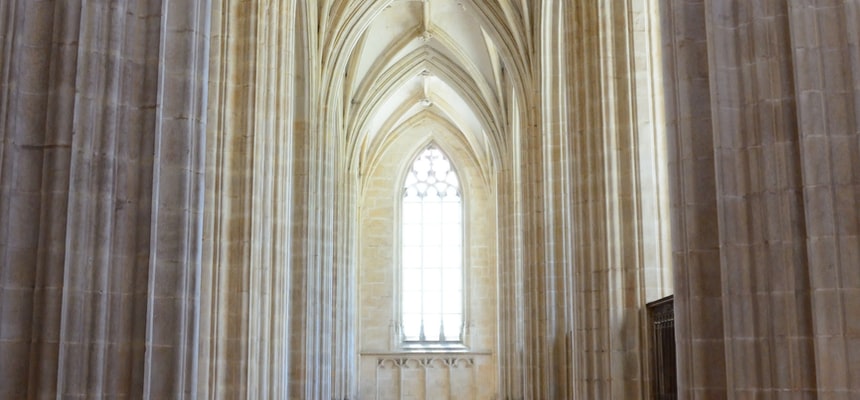
Probably no pope suffered as many indignities in as short a period of time as Pope Gelasius II.
Born Giovanni (John) Caetani (of Gaeta), of noble parents, about 1060/64, the child showed much intelligence. He was sent to Monte Cassino, the famous Benedictine abbey, to be educated. There he lived during the abbacy of Desiderius, who became Pope Victor II.
Pope Urban II, who studied at Cluny, the other famous abbey, in France, admired the work of Monte Cassino. He brought young Giovanni to Rome to help improve the style of papal documents. Quickly, Urban made Giovanni a papal sub-deacon by August 1088. Later, he became cardinal deacon of Santa Maria in Cosmedin, a Greek church in Rome.
Still in his 20s, Giovanni became chancellor of the Holy Roman Church in 1089. He kept that position until 1118. During those thirty years, he reformed the papal administration. He established a permanent staff of clerks for the papacy rather than depend on Roman notaries on an as-needed basis. In addition, he developed the well-known miniscule curial script. His tenure established a precedent of papal chancellor for life, or until election to the papacy.
During this time, Giovanni became the trusted advisor to Pope Paschal II, sharing in his captivity and supporting his decisions. Some of his decisions, made under duress, haunted them both.
THE PAPACY
Paschal died in Rome in early January 1118. Giovanni went back to Monte Cassino, old and tired. Fearful of Emperor Henry V’s attempts to choose the next pope, the cardinals met secretly at a monastery on the Palatine hill. On the 24th, they unanimously elected Giovanni the next pope and sent a message to Monte Cassino informing him. His entreaties to let him retire fell on deaf ears.
Cencio II Frangipani, also heard of the election. He supported the emperor’s right to choose the next pope. So, he and his men went to the monastery, knocked down the door, kicked the chancellor, bound him with chains and dragged him to the Frangipani castle. Within a short time, a general uprising in Rome freed Giovanni. Frangipani unchained the pope-elect and begged for and received absolution. He joined in the procession to the Lateran. Giovanni finally took the throne.
However, Emperor Henry V, who was in Lombardy on his way back to Germany, heard of these events. He and a small group of men turned back to the capital city, arriving on 2 March. Henry would do whatever he could to rid himself of the new pope. Gelasius and his supporters had to leave the city by boat, being chased most of the way down the Tiber by imperial soldiers. Henry declared the papal election null and void. Then, he set up Michael Bourdin, archbishop of Braga, Portugal as Pope Gregory VIII.
Meanwhile, Giovanni reached his hometown of Gaeta, on the sea, 100 miles from Rome. Since he was not a priest, he really did not qualify as pope. In short order, he was ordained (8 March), received an episcopal consecration (9 March) and consecrated pope (10 March). Then he excommunicated both Henry and the new anti-pope.
As Pope Urban and Pope Pascal before him, now-Pope Gelasius II used Norman protection, returning to Rome in July. The peace hardly lasted. Just a short time later, Gelasius was attacked by Frangipani forces at St. Prassede Church, during services. Although he escaped, Rome was obviously not a safe place for the Pope. He had to go into exile again.
The papal retinue set out for France. On the way, he consecrated the cathedral of Pisa. He was warmly received at Marseille in October and visited Avignon, Montpelier and other cities in the late fall. He then held a synod in Vienne in January 1119. His next plan was to hold a general council regarding the investiture controversy at Reims.
During this time, Pope Gelasius II was exhausted. He was suffering from pleurisy. His life was almost over. He was carried to Cluny where he died on 29 January 1119. He was buried there the next day.
The 50-year-old controversy was handed down to the next pope.
See also: Pope Gelasius, the Suffering Pope (catholic365.com)
For further reading: POPE PASCAL II AND CONTINUED TROUBLES – Lanternarius Press

Recent Comments